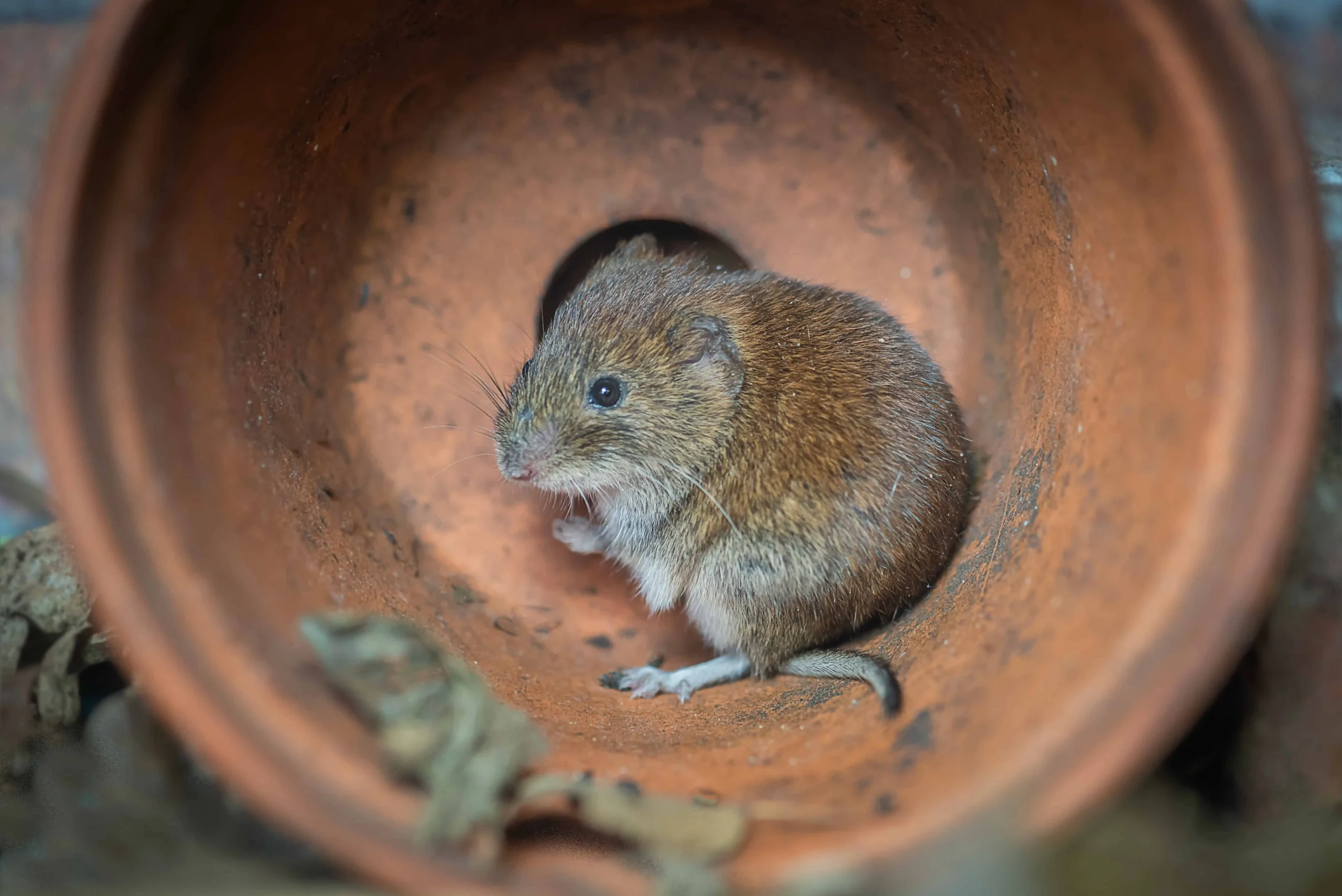Effective Vole Control Solutions: Taking Care Of Vole Pest Issues
Effective Vole Control Solutions: Taking Care Of Vole Pest Issues
Blog Article
Vole Parasite Control Demystified: A Full Introduction of Invasion Detection and Effective Therapy Techniques
As property proprietors and yard enthusiasts, the intrusion of voles can be a consistent issue that requires an organized technique for effective monitoring. By understanding the behavioral patterns of these evasive rats, one can acquire beneficial insights right into their preferences and behaviors. From refined indications of problem to the implementation of targeted control measures, browsing the realm of vole parasite control requires a mix of knowledge and strategic activity. In this comprehensive review, we will discover the nuances of vole problem detection and dive right into the world of effective therapy methods that can guard your spaces from these below ground nuisances.
Understanding Vole Habits Patterns
Understanding the complex behavior patterns of voles is essential for successfully applying insect control procedures in residential and agricultural settings. Voles, tiny rats that look like computer mice but with stouter bodies, are well-known for their fast recreation prices and starved appetites for vegetation. By delving right into their actions patterns, bug control experts can gain important insights into vole choices, routines, and vulnerabilities.
Voles are primarily herbivores, eating a variety of plants, bulbs, origins, and tubers. They are additionally respected tunnelers, producing sophisticated underground burrow systems for nesting and foraging. By comprehending these behaviors, bug control specialists can tactically put traps and lure terminals along vole paths and entrance points, raising the probability of effective removal.
Furthermore, knowledge of vole actions patterns can assist in establishing safety nets to deter future problems. By attending to aspects that bring in voles, such as dense plant life cover and conveniently accessible food resources, property proprietors can make their facilities much less inviting to these destructive parasites - vole pest control. Finally, a comprehensive understanding of vole actions is vital in developing effective and lasting pest control approaches
Identifying Indications of Vole Invasion
Reliable vole parasite control begins with quickly identifying the dead giveaways of vole problem on homes. Among one of the most usual signs of vole presence is the existence of surface paths. These runways are slim pathways through yard or plants that voles develop as they travel in between their burrows and food resources. In addition, vole droppings are one more clear sign of problem. Vole droppings are little, round pellets that are commonly located along their paths or near their burrows.
In enhancement to droppings and paths, gnaw marks on tree bark and plants are likewise indicators of vole task. The presence of burrow openings in the ground indicates an active vole populace.
Being watchful for these indicators can aid residential or commercial property proprietors spot vole infestations early and take ideal pest control measures to avoid additional damage.
Carrying Out Targeted Control Measures
What details techniques can be employed to efficiently implement targeted control steps for vole insect administration on residential or commercial properties? Applying targeted control measures for vole bug administration needs a multi-faceted method that incorporates both avoidance and obliteration methods.
Capturing is an additional efficient technique for managing vole populations. Live traps can be purposefully put along vole runways or tunnel entries, baited with peanut butter or apple slices. When caught, voles ought to be humanely removed to a different location to avoid reinfestation.
Rodenticides can be made use of as a last hope for serious problems, however care must be exercised to stop injury to non-target pets. It is essential to adhere to all safety and security standards and regulations when using rodenticides for vole control.
All-natural and Environmentally Friendly Remedies
The adoption of ecologically conscious practices can play a crucial role in taking care of vole populations without triggering damage to the ecosystem. All-natural and eco-friendly solutions offer a sustainable approach to vole insect control, decreasing using unsafe chemicals and advertising biodiversity in the affected locations.
One efficient natural technique is the use of killer pee or predator decoys. Predators like foxes, owls, and snakes are the vole's all-natural adversaries. By purposefully positioning predator urine or decoys around the infested locations, voles may be prevented from resolving in those places.
Furthermore, growing vole-resistant vegetation can aid in minimizing vole damage. Plants such as daffodils, crown imperials, and Siberian squill are understood to be uninviting to voles see this website and can serve as natural repellents.
Moreover, producing physical obstacles like wire mesh or crushed rock around vulnerable plants can stop voles from accessing them. These barriers can aid secure gardens and landscapes without posing any risk to the setting or other non-target varieties. By including these all-natural and green treatments, vole infestations can be taken care of successfully while preserving eco-friendly equilibrium.
Long-Term Avoidance Methods
To sustainably resolve vole infestations gradually, executing positive procedures is important for long-lasting prevention methods. One efficient approach for lasting prevention is environment adjustment. vole yard damage. By reducing thick vegetation, compost, and mess around structures, you can make your residential or commercial property less appealing to voles. Additionally, installing obstacles like fencings or below ground cord mesh can aid hinder voles from attacking your garden or yard.
Regular surveillance of vole activity is necessary for early detection of any kind of indicators of invasion. Setting up vole traps can help in regulating their populace before it ends up being a full-on invasion. It is also important to secure off any type of entry indicate frameworks or buildings to stop voles from accessing.

Verdict
In conclusion, recognizing vole behavior patterns, determining indicators of infestation, applying targeted control measures, making use of environmentally friendly and all-natural remedies, and executing long-term prevention approaches are essential action in properly managing vole invasions. By being aggressive and taking the required steps to resolve vole issues quickly, people can efficiently manage and protect against vole invasions in their residential or commercial properties.

Report this page